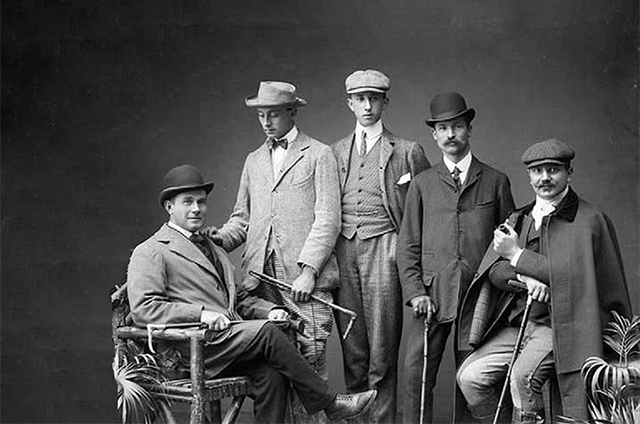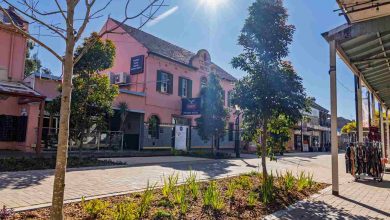As we have gone through the decades of past centuries in Australia since the arrival of Europeans there has been considerable changes in the fashion worn by the population. At times economic times have depicted what has been worn. We may have heard tales of what our grandparents or great grandparents have worn from the flour sack with arm and head holes cut into, in times of depression, though to Speedos and Board Shorts.
European settlers, when first arriving in Australia, brought with them the fashions of their European homelands. The colder climes of Europe were vastly different to that of the Great Southern Land hence people were wearing clothing unsuitable to the hot humid climate that we are now accustomed too. Underclothes, as well as outer clothing to footwear and head wear, have all changed with fashion through the years.
Dress standards at around the time of Federation were vastly different to today. Swimwear was virtually neck to knee for males and females alike – No board shorts or Speedos for the blokes at the time. Male office staff during the late 1800s and early 1900s (Victorian and Edwardian eras) were expected to wear a stiff collar, a waistcoat, suit, boots (not shoes which were considered effeminate at the time). The more conservative male members working in the offices wore hard black felt hats whilst those less conservative often wore soft hats. A writer in the publication “The Haberdasher” in 1908 writing about the stiff collar that male office workers were expected to wear stated that the collar should be least 2” high and should “conceal the anatomical protuberance in front” He obviously was referring to the “Adam’s Apple” which he must have felt should be hidden. The colours worn by males were drab and conservative. There were however individuals who railed against the fashions of the day.
A fashion writer of the times commented in another publication during 1908 that “I saw a man in brilliant purple the other day – hat, tie suit and boots. I did not like it, but he fairly livened up the whole street with his splash of colour.
“Another man I met on Sydney station had a rich brown velvet knickerbocker suit – hat, tie, shirt, stockings and boots, all in accord – and he was a pleasure to see. A perfect tone poem in clothes with everything in harmony. But it would not do for the average man in Australia.”
Whilst Australians have in past decades showed a degree of conservatism with fashion there has been a trend towards more individualism as time has passed. During the 20th Century men have not always followed what their fathers and grandfathers have worn. We have had fashions that have followed sporting, music and surfing trends. I recal, during the 1950s men and boys rolling up their white shirt sleeves and turning up the back of their shirt collars to imitate the music and movie stars of the rock ‘n’ roll era. In the 1960s it was bleached peroxide blonde hair or jet black swept back hair which was either slicked down with Spruso or Brylcreem depending on whether you identified as either a “Rocker” or “Surfie” and later during the mid 60s it was the mop top look of the British pop bands such as the Beatles and you could also purchase plastic “Beatle Wigs”. Clothing also changed to “drain pipe” trousers or “bell-bottomed” trousers. Paisley patterned shirts became popular as did Hawaiian patterned shirts.
There were also gaudy wide neckties, narrow string ties, Western style shirts, Safari Suits and the list just goes on. Getting to the bottom of the wardrobe, we have during the same past period seen changes in footwear. Shoes were no longer considered effeminate as they were around 1908 but are regularly worn. The variety of male footwear is anything from the humble Aussie thong to boots and includes sandshoes, runners or joggers to more formal round toed shoes or pointed shoes. Some still wear what they consider their favourite wardrobe pieces from past eras. I guess that some time in the future others will be writing about the male fashions of today and how they differ from the fashions of that future period.











